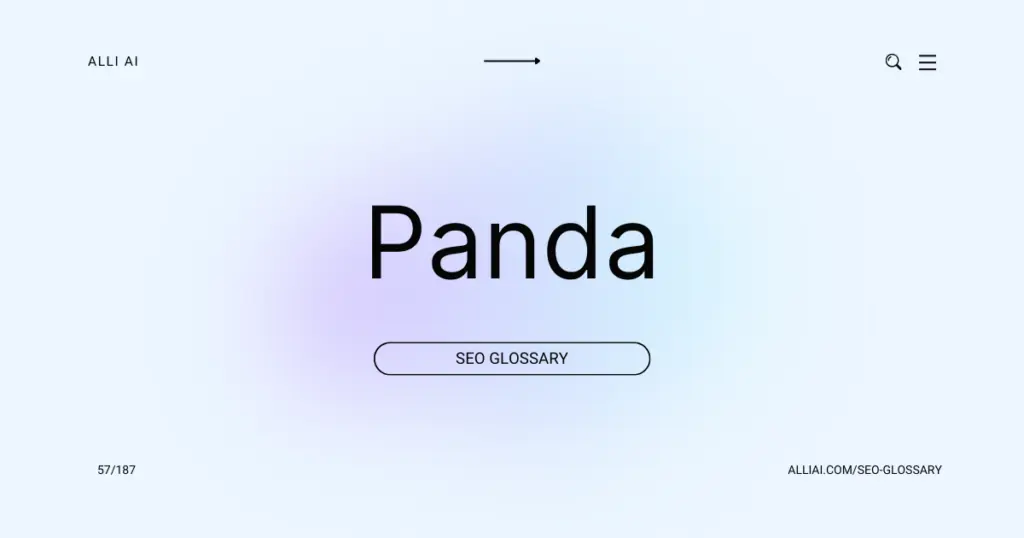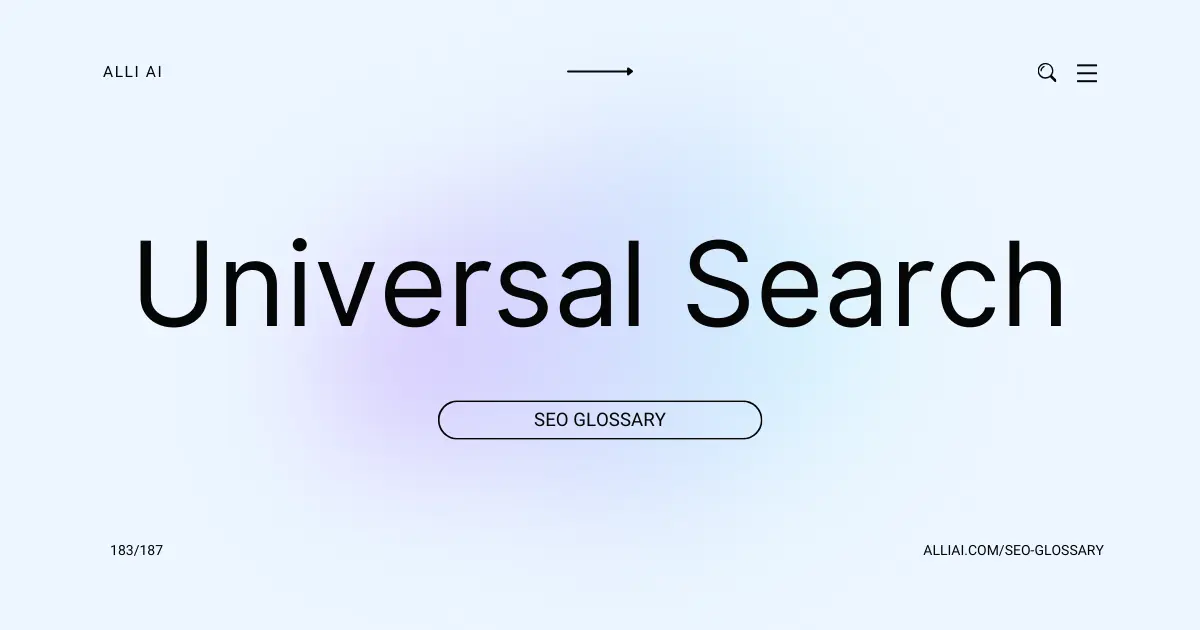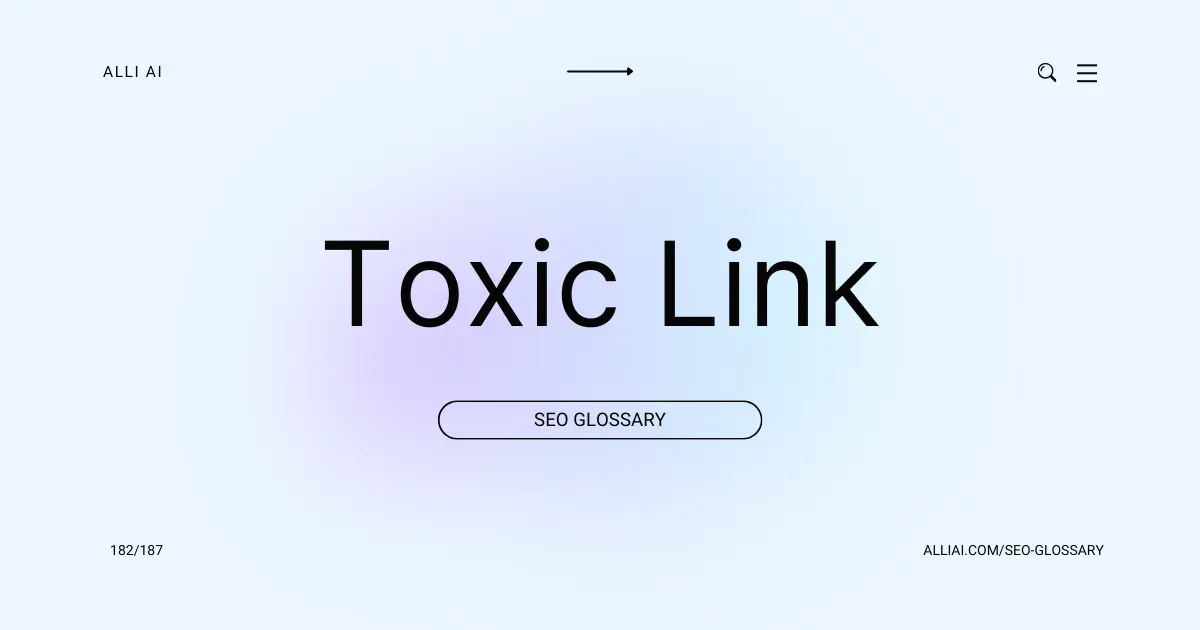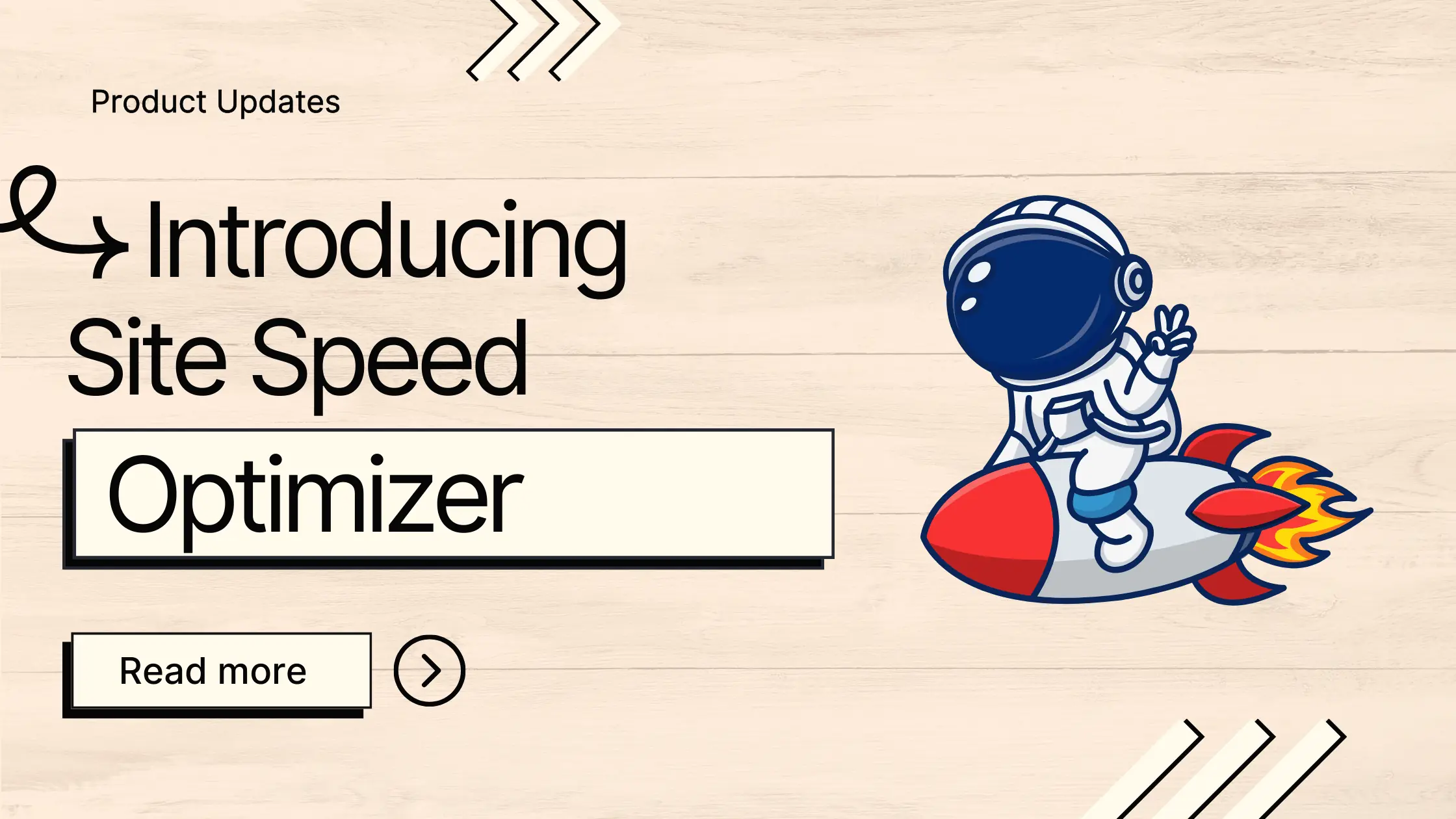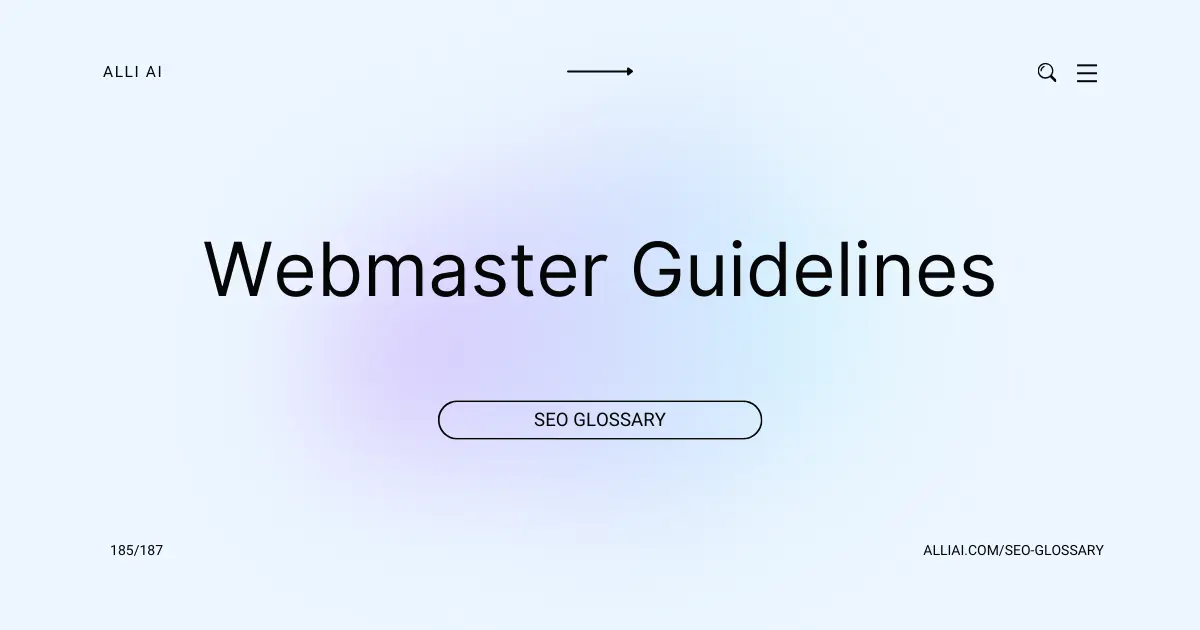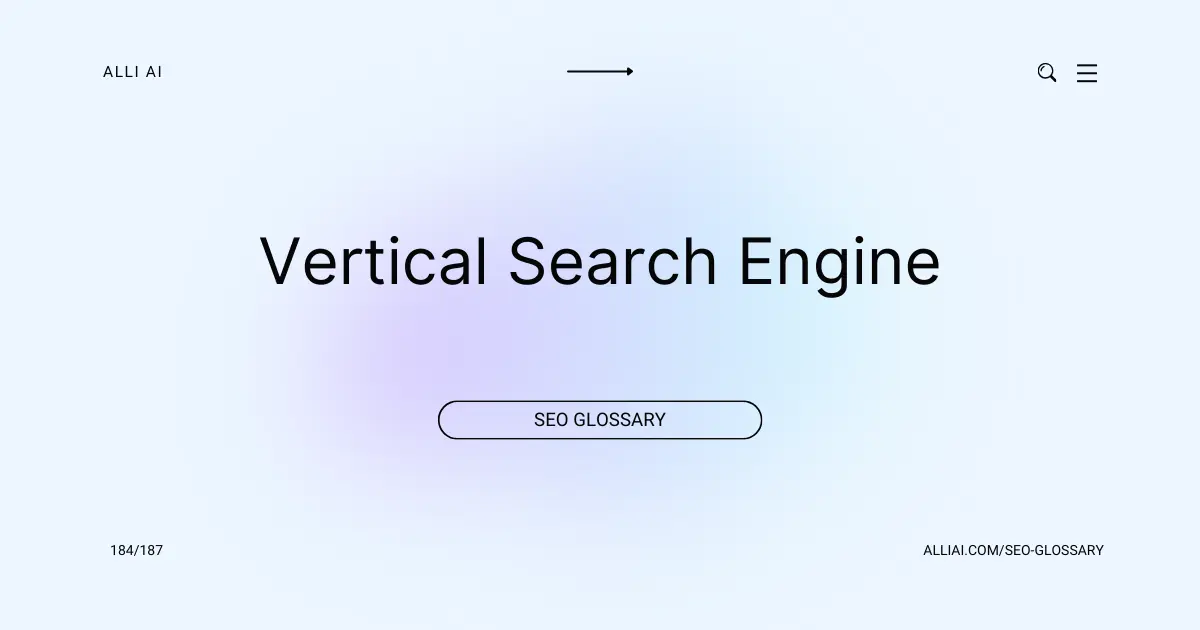What Does Panda (Google Algorithm Update) Mean?
The Panda update is a change made by Google to its search engine algorithm, first implemented in 2011. Its main goal is to lower the rank of low-quality or “thin” sites that offer little value to users, and instead, improve the ranking of higher-quality sites that provide valuable and original content. This helps users find more relevant and trustworthy information when they search on Google.
Where Does Panda (Google Algorithm Update) Fit Into The Broader SEO Landscape?
Panda, first launched by Google in February 2011, is an algorithm update designed to reduce the prevalence of low-quality, thin content in search results, and to reward unique, relevant content that is of high quality. This algorithm assesses content quality, penalizing websites with content that is deemed to be of low value, and those that engage in keyword stuffing and content farms. Panda is integrated into Google’s overall algorithm updates and core ranking signals, directly influencing page ranking on Google’s SERP (Search Engine Results Pages) based on the quality of the content. SEO strategies must prioritize high-quality, valuable content creation to perform well in a landscape influenced by Panda.
Real Life Analogies or Metaphors to Explain Panda (Google Algorithm Update)
Imagine Google’s Panda update as a librarian in a vast library filled with books (websites). Just as a librarian continually assesses books and decides which ones to display prominently based on their relevance and quality, Panda examines websites and prioritizes those with valuable, well-written content in search results. Low-quality, outdated books that offer little value are moved to less accessible shelves, similar to how poor-quality websites get lower visibility in search results.
How the Panda (Google Algorithm Update) Functions or is Implemented?
1. Content Analysis: Panda assigns a quality score to web pages based on content quality, which is used to rank pages in search results.
2. Machine Learning: The algorithm uses machine learning techniques to identify patterns in the data of low-quality sites versus high-quality sites.
3. On-Site Factors: Factors such as content originality, readability, and the depth of information provided are analyzed. Keyword stuffing and thin content are penalized.
4. User Engagement Metrics: Metrics like bounce rate, average time on site, and page views per visit help determine user satisfaction and content value.
5. Manual and Algorithmic Penalties: Sites identified with poor quality content can be penalarily manually or through an automated process, significantly affecting their search ranking.
6. Content-based Filtering: Filters are applied specifically targeting duplicate, plagiarized, or thin content not offering significant value to users.
7. Regular Updates and Data Refreshes: Panda is periodically updated to re-evaluate content and sites, catching previously missed low-quality content and reassessing sites that have made improvements.
8. Integration Into Core Algorithm: Panda has been integrated into Google’s core ranking algorithm, continually influencing real-time search updates and results.
Impact Panda (Google Algorithm Update) has on SEO
The Panda update, released by Google in 2011, primarily targets websites with poor-quality content, affecting their SEO performance and rankings significantly. Sites with content that is thin, duplicated across multiple pages, or not useful to users tend to be penalized, seeing a drop in search rankings. Conversely, high-quality, original content is rewarded with higher visibility in search results. Consequently, this influences user experience by promoting content that is relevant and valuable to searchers, while reducing the prevalence of low-quality content in search results. This encourages webmasters to improve website content quality, aiming for a more satisfying user experience and better engagement.
SEO Best Practices For Panda (Google Algorithm Update)
1. Conduct a thorough audit of your website to identify any duplicate, thin, or low-quality content. Use tools like Copyscape or Screaming Frog to help identify these issues.
2. Improve content quality across your site, focusing on providing valuable, rich information that addresses the needs and questions of your audience. Increase word count where necessary and ensure that all written content is well-researched and factually correct.
3. Organize website content with a clear structure using appropriate headers (H1, H2, etc.) and make sure that all pages have a logical flow.
4. Ensure that all content on your website is original or properly credits sources. Remove any plagiarized content.
5. Increase the website’s readability by breaking up large blocks of text, using bullet points/lists, and including relevant images and videos where appropriate.
6. Optimize on-page SEO elements like title tags, meta descriptions, header tags, and URLs to ensure they include relevant keywords but avoid keyword stuffing.
7. Improve website speed by optimizing images, leveraging browser caching, and minimizing JavaScript and CSS files. Use tools like Google PageSpeed Insights to guide your optimizations.
8. Enhance user engagement on your site by enabling comments, adding social sharing buttons, and possibly including interactive elements or forums.
9. Fix usability issues that can affect user experience, such as broken links, confusing navigation, and mobile-unfriendliness. Use Google’s Mobile-Friendly Test to ensure compatibility across all devices.
10. Develop a strategy for regular content updates and new content creation to keep your site dynamic and engaging.
11. Implement structured data (schema markup) to help search engines understand the content of your site and increase the chance of rich snippets in search results.
12. Monitor your website’s performance using Google Analytics and Google Search Console to track changes in traffic and rankings, and adjust your strategies as needed based on this data.
Common Mistakes To Avoid
1. Thin Content: Websites with low-value content that provide little to no original information can be severely penalized. Avoid this by regularly auditing your site’s content, ensuring each page has substantial, unique, and relevant information.
2. Content Farming: Overproducing low-quality content just to target multiple keywords can trigger Panda’s filters. Focus on quality over quantity and aim to publish well-researched and detailed articles that genuinely benefit your audience.
3. Keyword Stuffing: Overloading webpages with keywords in an unnatural way can lead to penalties. Write naturally and use keywords thoughtfully and sparingly, ensuring they fit organically within the content.
4. Duplicate Content: Having the same or very similar content across multiple pages of your site can be viewed negatively. Use canonical tags to point search engines to the primary versions of your content and strive to create unique offerings for each page.
5. Poor User Experience: Websites that are difficult to navigate, have excessively high ad-to-content ratios, or load slowly may rank poorly. Focus on creating a seamless user experience with intuitive navigation, balanced ad placements, and optimized page speeds.
6. Irrelevant Content: Content that doesn’t match or address the search queries it ranks for can be downgraded. Align your content closely with user intent, backed by keyword and topic research that focuses on what your audience is searching for.
7. Low-Quality User-Generated Content (UGC): Comments, forums, and other UGC can lead to content quality issues if not moderated. Implement strict moderation policies and filters to maintain the quality of all content on your site.
8. Plagiarism: Copying content from other sources without proper accreditation or rewriting content too closely can lead to penalties. Use plagiarism checkers to ensure originality and cite sources appropriately whenever necessary.
9. Over-Optimization: Websites that appear overly optimized with aggressive SEO tactics can be penalized. Balance SEO practices with genuine, user-focused content delivery.
Regularly updating your website with high-quality, relevant content, focusing on excellent user experiences, and adhering to ethical SEO practices are key strategies to avoid the ramifications of the Google Panda algorithm update.
